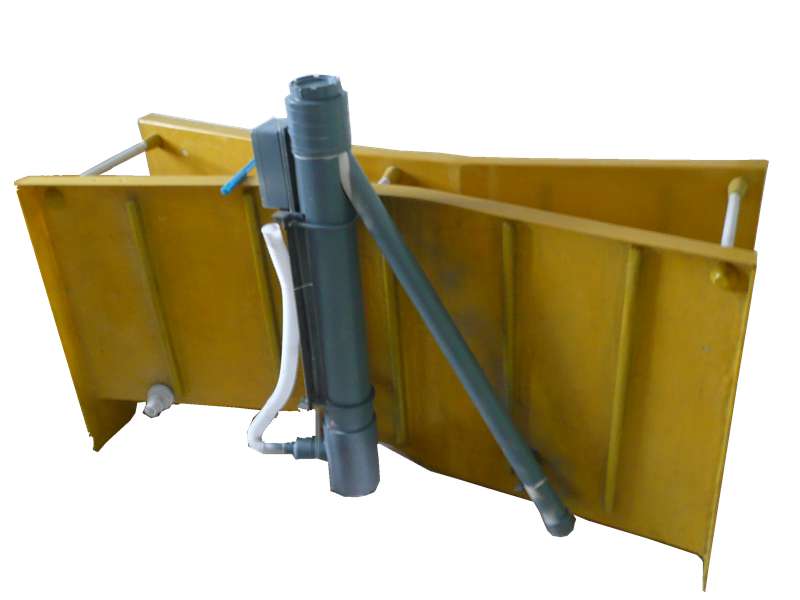
-
 Afrikaans
Afrikaans -
 Albanian
Albanian -
 Amharic
Amharic -
 Arabic
Arabic -
 Armenian
Armenian -
 Azerbaijani
Azerbaijani -
 Basque
Basque -
 Belarusian
Belarusian -
 Bengali
Bengali -
 Bosnian
Bosnian -
 Bulgarian
Bulgarian -
 Catalan
Catalan -
 Cebuano
Cebuano -
 China
China -
 China (Taiwan)
China (Taiwan) -
 Corsican
Corsican -
 Croatian
Croatian -
 Czech
Czech -
 Danish
Danish -
 Dutch
Dutch -
 English
English -
 Esperanto
Esperanto -
 Estonian
Estonian -
 Finnish
Finnish -
 French
French -
 Frisian
Frisian -
 Galician
Galician -
 Georgian
Georgian -
 German
German -
 Greek
Greek -
 Gujarati
Gujarati -
 Haitian Creole
Haitian Creole -
 hausa
hausa -
 hawaiian
hawaiian -
 Hebrew
Hebrew -
 Hindi
Hindi -
 Miao
Miao -
 Hungarian
Hungarian -
 Icelandic
Icelandic -
 igbo
igbo -
 Indonesian
Indonesian -
 irish
irish -
 Italian
Italian -
 Japanese
Japanese -
 Javanese
Javanese -
 Kannada
Kannada -
 kazakh
kazakh -
 Khmer
Khmer -
 Rwandese
Rwandese -
 Korean
Korean -
 Kurdish
Kurdish -
 Kyrgyz
Kyrgyz -
 Lao
Lao -
 Latin
Latin -
 Latvian
Latvian -
 Lithuanian
Lithuanian -
 Luxembourgish
Luxembourgish -
 Macedonian
Macedonian -
 Malgashi
Malgashi -
 Malay
Malay -
 Malayalam
Malayalam -
 Maltese
Maltese -
 Maori
Maori -
 Marathi
Marathi -
 Mongolian
Mongolian -
 Myanmar
Myanmar -
 Nepali
Nepali -
 Norwegian
Norwegian -
 Norwegian
Norwegian -
 Occitan
Occitan -
 Pashto
Pashto -
 Persian
Persian -
 Polish
Polish -
 Portuguese
Portuguese -
 Punjabi
Punjabi -
 Romanian
Romanian -
 Russian
Russian -
 Samoan
Samoan -
 Scottish Gaelic
Scottish Gaelic -
 Serbian
Serbian -
 Sesotho
Sesotho -
 Shona
Shona -
 Sindhi
Sindhi -
 Sinhala
Sinhala -
 Slovak
Slovak -
 Slovenian
Slovenian -
 Somali
Somali -
 Spanish
Spanish -
 Sundanese
Sundanese -
 Swahili
Swahili -
 Swedish
Swedish -
 Tagalog
Tagalog -
 Tajik
Tajik -
 Tamil
Tamil -
 Tatar
Tatar -
 Telugu
Telugu -
 Thai
Thai -
 Turkish
Turkish -
 Turkmen
Turkmen -
 Ukrainian
Ukrainian -
 Urdu
Urdu -
 Uighur
Uighur -
 Uzbek
Uzbek -
 Vietnamese
Vietnamese -
 Welsh
Welsh -
 Bantu
Bantu -
 Yiddish
Yiddish -
 Yoruba
Yoruba -
 Zulu
Zulu
frp pipes and fittings
FRP Pipes and Fittings A Comprehensive Overview
Fiber Reinforced Plastic (FRP) pipes and fittings have emerged as a revolutionary solution in various industries, particularly in water management, chemical processing, and construction. Their unique combination of lightweight, strength, and corrosion resistance makes them a preferred choice for many applications where traditional materials like metal or concrete may fail.
Advantages of FRP Pipes
One of the most significant advantages of FRP pipes is their resistance to corrosion. Unlike metal pipes that rust over time in harsh environments, FRP pipes are designed to withstand chemicals, salts, and biological agents. This property is especially crucial in industries such as wastewater management and chemical processing, where exposure to corrosive substances is commonplace.
Additionally, FRP pipes are lightweight, making them easier to handle and install. This advantage not only reduces labor costs but also minimizes the need for heavy machinery during installation, particularly in remote or difficult-to-access locations. The flexibility of FRP also allows for easier integration into existing systems, further enhancing their appeal.
Durability and Longevity
Durability is another hallmark of FRP pipes. These pipes can last significantly longer than traditional materials, often exceeding 50 years with proper care. This longevity translates to lower maintenance costs and reduced frequency of replacements, making FRP a cost-effective solution in the long run.
frp pipes and fittings

Moreover, FRP pipes can withstand extreme temperatures and pressures, making them suitable for various applications—from transporting hot fluids in industrial plants to handling high-pressure water in municipal systems. Their ability to maintain structural integrity in demanding conditions is a key reason for their increasing adoption across multiple sectors.
Fittings and Accessories
To maximize the potential of FRP pipes, a range of fittings and accessories have been developed to ensure seamless integration into pipe systems. These fittings, including elbows, tees, flanges, and couplers, are designed with the same attention to durability and corrosion resistance as the pipes themselves. They are often manufactured using advanced techniques that allow for precise fit and function, ensuring that joints and connections are robust and leak-proof.
Environmental Considerations
In addition to their technical advantages, FRP pipes and fittings also benefit the environment. Their lightweight nature reduces transportation emissions, while their long lifespan minimizes resource consumption over time. Furthermore, many manufacturers are focusing on sustainable production practices, incorporating recycled materials into their products, thus contributing to a circular economy.
Conclusion
In summary, FRP pipes and fittings represent a forward-thinking solution for industries facing the challenges of corrosion, weight, and durability. As technology continues to advance, we can expect even more innovative applications and improvements in FRP products, further solidifying their role as indispensable components in modern infrastructure. With their proven performance and environmental benefits, FRP pipes are indeed shaping the future of piping systems.
Latest news
-
Exploring the Benefits of Top Hammer Drifter Rods for Enhanced Drilling PerformanceNewsJun.10,2025
-
High-Precision Fiberglass Winding Machine for GRP/FRP Pipe Production – Reliable & Efficient SolutionsNewsJun.10,2025
-
FRP Pipes & Fittings for Shipbuilding - Corrosion-Resistant & LightweightNewsJun.09,2025
-
Premium FRP Flooring Solutions Durable & Slip-ResistantNewsJun.09,2025
-
Premium Fiberglass Rectangular Tanks Durable & Lightweight SolutionNewsJun.09,2025
-
Tapered Drill String Design Guide Durable Performance & UsesNewsJun.09,2025









